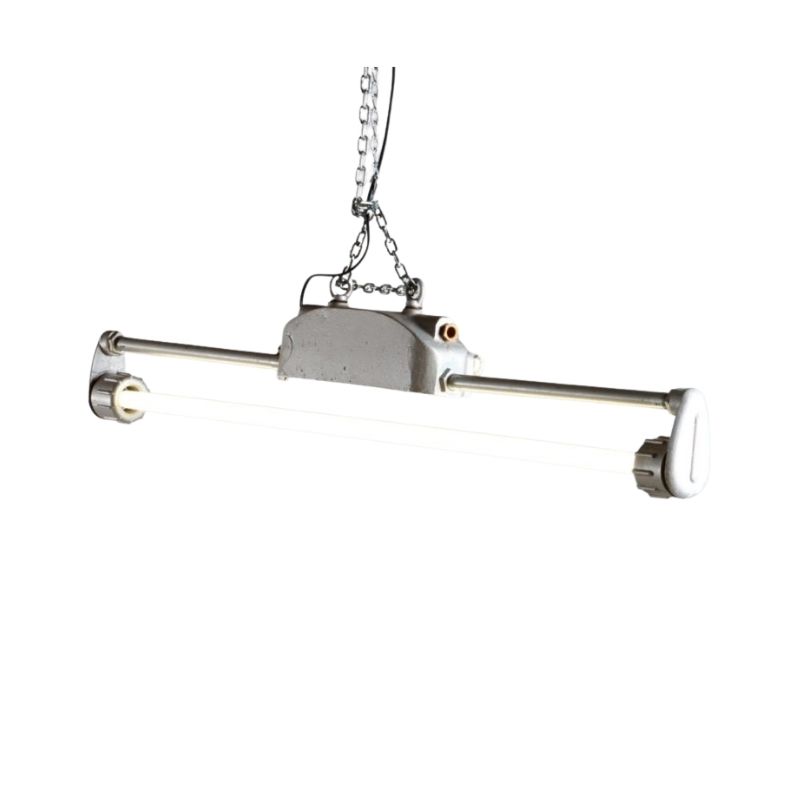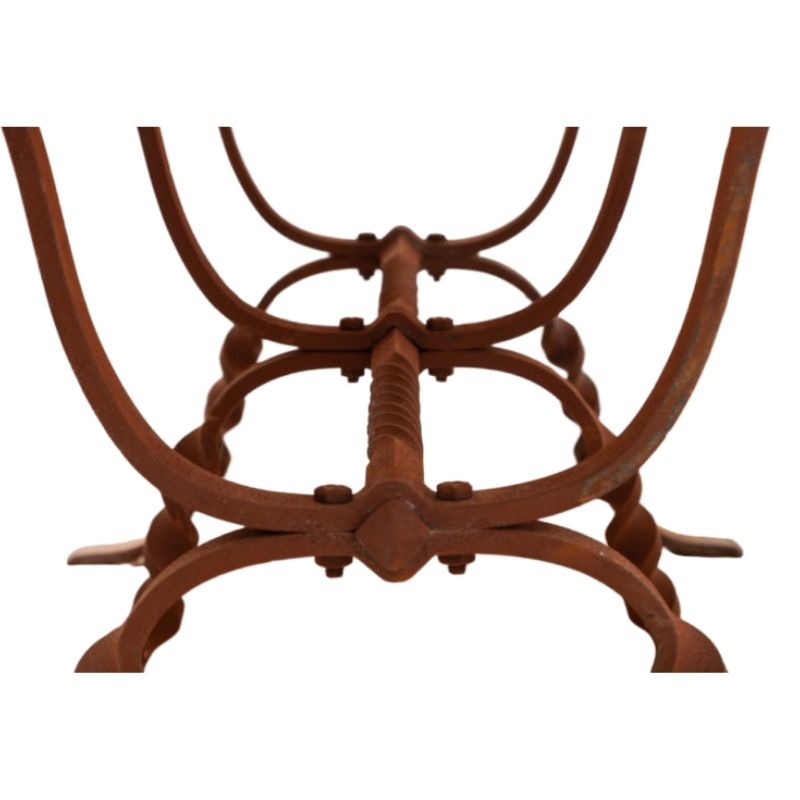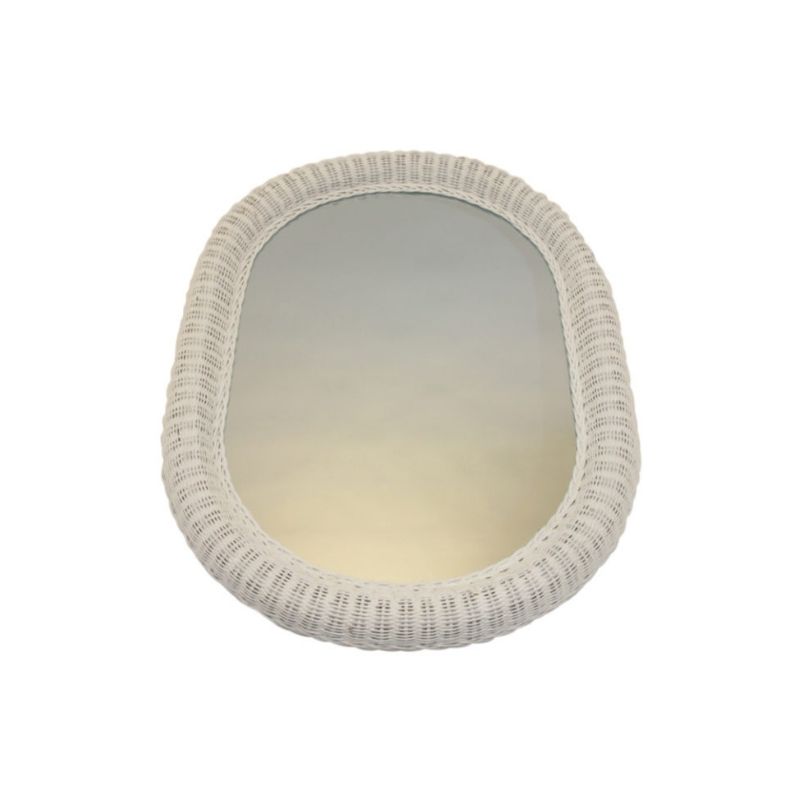thumbs up, lrf
i'll need to side with lrf on this one. the choice is crystal-clear.
from the standpoint of classical, multi-disciplinary education, the world as a whole has everything whatsoever to do with the world in its various parts.
i tend to view designers and design enthusiasts as among those who are critical thinkers with a high value for contextualization. everything does relate to everything, and i appreciate those who offer to help us connect the dots in our history.
so then, thumbs up to lrf and his thoughtfulness in giving notice to something which has some potential in filling in some socio-political gaps relative to art in our lifetime.
kdc
KDC and Olive thanks for your kind words i knew that you two would understand, it was not my mission to preach as i leave that to the Sunday boys,
I just had a real close feeling with this movie since i am Jewish, collect modern art for over 30 years ,totally interested in Design my whole life, and have relatives that were holocaust survivors.
Never to old to learn something new, especially about this subject, I would not want to change anyones mind, and I would not want to,
There truly is more to modern than cool chairs designed by architects 50 years ago,
"But folks out there in...
"But folks out there in Design land There is a whole lot more to this whole thing then cool chairs from the 50's and 60's and a hip buzz word " "I like mid century modern,"
This is a ideology, a way of life , and a thinking process, some people get it, some only get the pretty and cool furniture, but sometimes somethings call for a little deeper thinking,"
Thats one of the best comments of yours I've ever read LRF, thanks heaps.
Things have seemed pretty fiesty lately!
I heard an interview with the guy who wrote this book the other day, it sounds quite good. "Weimar Germany: Promise + Tragedy"
http://www.amazon.com/Weimar-Germany-Eric-D-Weitz/dp/product-description...
HP
many thanks for the heads up on the book
I just ordered it from Amazon and it sounds like a great read here is
synopsis of the book Editorial Reviews
From Publishers Weekly
Starred Review. University of Minnesota history professor Weitz takes readers on a walk through Weimar Republic?era Berlin in the footsteps of a 1920s flâneur, an urban ambler. Wandering among cafes and department stores, Weitz notices the New Women, the jazz bands, the prostitutes, the beggars, the war wounded. He considers how radio and motion pictures changed public gatherings, internationalizing mass entertainment. Separate chapters, with a wealth of well-chosen illustrations, explore Weimar's new theories of architecture, graphic arts, photography, theater, philosophy and sexuality. Weitz selects key exemplars of each discipline?Brecht, Weill, Mann, Bruno Taut, Erich Mendelsohn, August Sander, László Moholy-Nagy, Hannah Höch, Siegfried Kracauer, etc.?for in-depth focus before turning to the backlash that their radicalism aroused. In his closing discussion of the collapse of the republic, Weitz elaborates on the right's resistance to modernization, as well as the overall fragility of the democratic spirit. A lively style and excellent illustrations make this intellectually challenging volume accessible to both academics and armchair scholars. 8 color (not seen by PW) and 52 b&w photos. (Oct.)
Copyright © Reed Business Information, a division of Reed Elsevier Inc. All rights reserved.
sorry
i cut my response short earlier but i would like to add; lrf thanks! outside of the MINOR issues of attribution of and care for objects i am primarily interested in the philosophical and historical aspects of design. these give the collecting and appreciation of design objects a leg to stand on. if you try to evaluate them without design history (which is based primarily on political and social history)you would miss a large portion of the influences on many of the designers themselves. the new potentials that came with tubular steel, plywood molding and plastics were more of a venue for designers and not generally their driving motivations. someone is always going to be the first one to more fully exploit a new material or technique but this is mechanical problem solving and more at the end of a design process. the attitudes and philosophies of the designer (which are driven by many histories; personal, social and political) are to me the real story and the meat of design. without it we would all have a much more shallow obsession. so lrf, it may be just me (it seemed that way when i first responded) but this type of information you posted goes directly to some of my fondest hopes for this forum. thanks again, bill
Thanks I appreciate the ...
Thanks I appreciate the kind words that you say
It is a pleasure to communicate with intelligent people who frequent this forum ,
I sometimes get angry and short when some smart people will post stupid things but that is human nature and I need to be more accepting of it ,
This forum is as good as it gets with the people who contribute,
I just hope that i can contribute something meaningful and make it better.
I am looking for time to....
contribute to this very intersting discussion, but it will have to wait another day or so.
I would like to correct one interpretation of history that is mentioned over and over again and that is part of the Bauhaus "mythology". There is no question about the fact that the Nazis made it difficult for the Bauhaus to survive. But one also has to mention that it also collapsed under fierce internal warfare. When Walter Gropius and Marcel Breuer came to the U.S. in 1937 they had been working in England since 1935 , Lazlo Moholy Nagy had left the Bauhaus in 1928, Anni (Fleischmann) Albers and Jozef Albers came to the U.S.in 1933.Even Mies Van der Rohe left in 1937, a year before Kristallennacht.
I am not pretending that the Nazi regime was not an important contributing factor, but that there were others at least as important and the important players certainly left long before the Nazis finally forced the school to close.
The other thing I wanted to share was a recent conference of a former regular contributor to Designaddict. I think it fits nicely in the ungoing discussion.
http://www.geocities.com/janmichl/eng.seeingthings.html
looking forward to hearing from Koen
I for one will be looking forward to hearing from you Koen.
I always enjoy your contributions as i am sure others do also,
I am so pleased to hear from so many who took the time to think about this subject. to the others who fluffed it off as not their issue that is o.k. too , as that is what makes this forum what it is ,
If everyone agreed with every thing that is published it would be nothing but a lip service, but for those who could care less those are the ones that really should invest in a book on the Holocaust, as not just Jews., Catholics, Polish people, Homosexuals, modern artist and 10 million people of diversification were wiped out cause they had beliefs different from one man,
From what I've read Mies basi...
From what I've read Mies basically turned the Bauhaus in to a private academy which he relocated to a warehouse in Berlin, he had a visit from the Gestapo (?) and after a chat with colleagues they voluntarily closed down what was left of the Bauhaus, going out on their own terms (according to Mies).
I don't think it was the design principles themselves the Nazis couldn't approve of but the entire ideology, afterall any state would want to adopt efficient building methods. My history is a little sketchy on this but when Hannes Meyer was in command I think that left a pretty big mark on what perceptions of the Bauhaus were, whereas when Mies took over (remeber he did submit entries for design competitions to the state, and on at least one occasion featuring a swastika) his less partisan attitude probably held the state off for a little while.
I remember reading that he was not universally loved by other emigres in the US, one woman, I forget who it was, said "when you lie down with dogs you get up with fleas"
I suppose when you look back at how so many ideologue emigres ended up being patronised by big business and the worlds most agressive capitalist state it has pretty strong pararells with what happend to the Arts and Crafts movement, William Morris all over again and in the case of Eames that disparity is even more evident now than when the furniture was in original production.
At least Mies could never be accused of trying to be something he wasn't, I think he brought a sense of grace and dignity to even his more modest projects, from pictures his apartments have a very different qaulity to the work of strident left wing architects.
Sorry, rambled on a bit there.
There are younger people ...
There are younger people I've met who when you mention the holocaust have this terryfyingly blank expression on the face.
I did once join a forum of extreme right wingers just to get a feel for what they were thinking, they all gave themselves online names like 'Baron von Spitz' and would spend ages dissecting the Jewish conspiracy that was behind South Park.
good ramble HP
you have that ramble 100 percent right Bahaus left on there own terms way before the Shit hit the fan so to speak... AS free thinkers designers, artist they knew where they stood and Koen of course was right, they had internal problems with the administration of the School , so to say.
It was best they dissolve and move on with Gropius and Breuer to Harvard and Mies to Chicago ,
It is interesting that I have heard for 25 years about the swastika, twisted cross, I had heard they had summited designs for that symbol long before i knew what Bauhaus was, As most know the opposite of the swastika is the 500 year old Indian symbol although not that popular after the rise of Hitler, here in America ,
I gotta side with LRF on this one
because nothing exisists in a vacum. Everything is inter-connected. The Rape of Europa sounds like a thoughtful discourse on what might of been and more importantly what actually happened. I will look forward to it at my local art-house cinema and barring that I will place it in my NetFlix queue.
From the first flint tools formed by early man to modern flatware they are all connected, as is everything else that man might lay his hand and or mind to. If you don't care about politics,and only think "Hey look at my cool chair" without any sense of it's history, then I am flabbergasted why one would even bother to collect historically significant pieces. It would be akin to hanging a Matisse or a Cezanne in a monkey cage. History is everything, and if one doesn't believe that you have to look no further then Iraq and talk of "slam dunk intelligence", sounds an awful lot like a Gulf of Tonkin resolutions.
In point of fact, one need look no further then the many posts within this forum and the minute obsessions with marks and provenances and histories of various MCM pieces. Not that there is anything wrong with that and I should think it is one of the raison d'etres of this forums very exisitence, but as Olive I think posted so spot on, "If one doesn't learn from history, one is damned to repeat it"
Alas I digress, so I shall leave you with a small joke that hopefully represents my peacful intentions: What did the Zen Master ask of the hot dog vendor? "Make me one with everything" (Will take it on faith that they were soy or tofu dogs) Which leads to a great bumper sticker I saw the other day, which read:
"I Didn't Fight my Way to the Top of the Food Chain to be a Vegetarian"
Big Television Man
I ...
Big Television Man
I know a lot of people will think that this guy ME
is somewhat nuts for responding to most folks post all the time,
but I like to cause. when someone sits down to write something worth wile that makes one think it deserves my comments,
and that is what you did !! very good
If you need any help, please contact us at – info@designaddict.com









